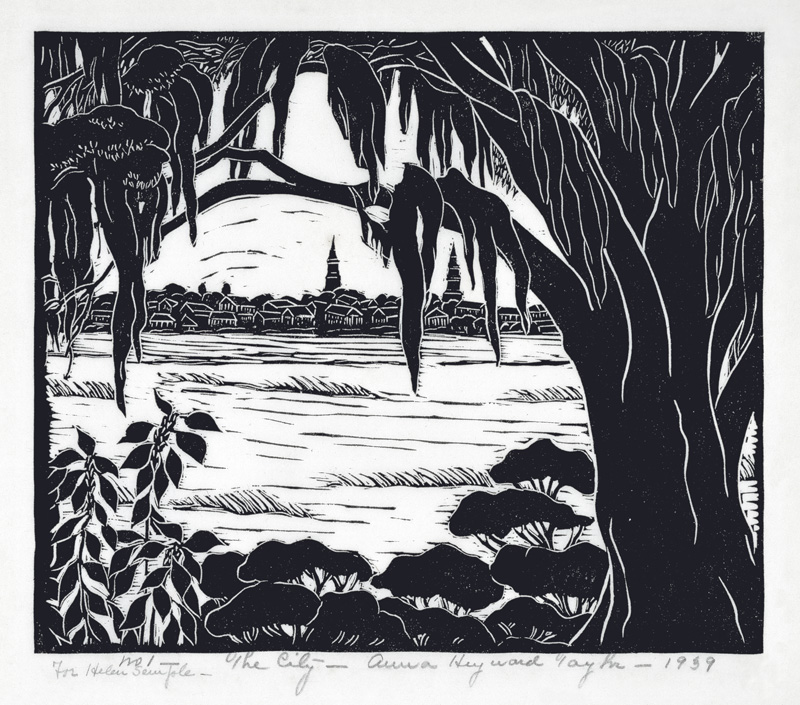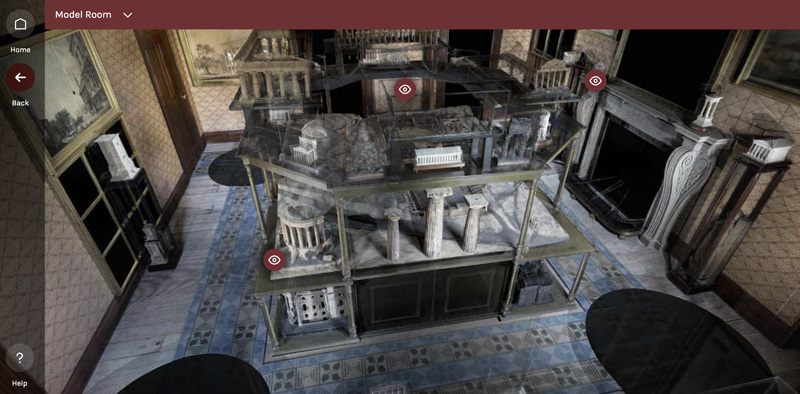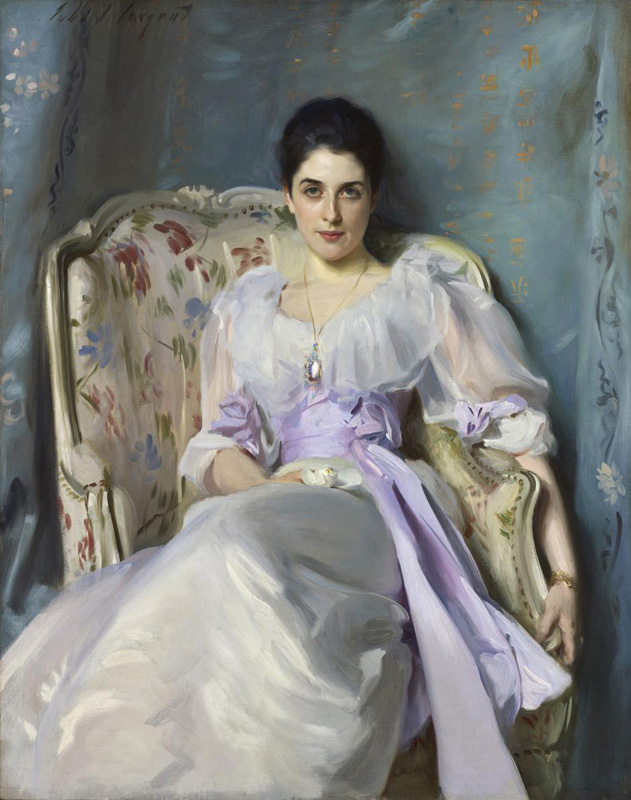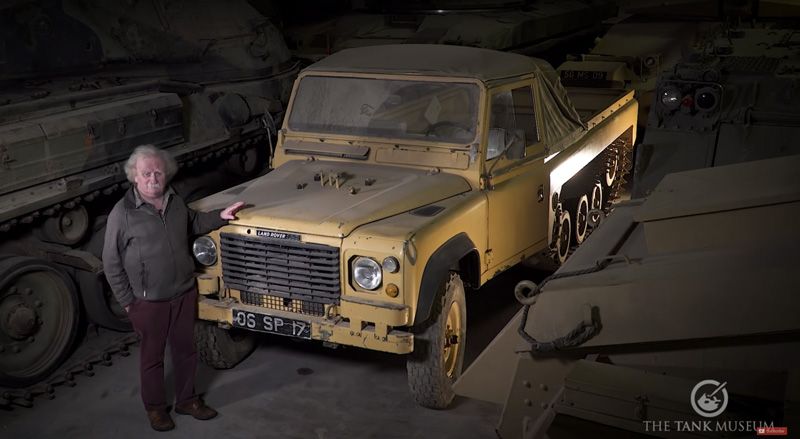
Gibbes Museum of Art, Charleston, South Carolina
The Gibbes’ newest virtual exhibition – A Souvenir of Charleston –is on view now via their mobile app. It is available on the App Store for Apple products, and as a web app for other devices.
The collection features numerous works depicting the city of Charleston; complete with its historic architecture, idyllic landscape, and challenging history. Artists included – such as Anna Heyward Taylor and William Posey Silva – capture not only the heart of Charleston, but it’s bucolic gardens and sunny coastline. Other prominent artists of the Charleston Renaissance also appear. While no replacement for the summer sun and a walk down King Street, the virtual exhibition and app let you bring at least a little bit of Charleston home.
If you enjoy the virtual exhibition offerings, but hunger for even more of the collection, you can explore the permanent and miniature collections online. When exploring the permanent collection, the “Random Images” link is a delightful exercise in serendipity.
The museum intends to re-open its physical galleries, with safety precautions in place, on June 1.

Sir John Soane’s Museum, London, England
Having recently celebrated the announcement of Michael Diaz-Griffith becoming the new executive director of Sir John Soane’s Museum Foundation, it seemed appropriate to turn a bit of attention to their spectacular Model Room and Sepulchral Chamber virtual tours.
Rendering the rooms in detail that visitors would be unable to see in real life – such as zooming in and taking a bird’s eye look at the model of Pompei made in 1820 – these virtual tours do not attempt to recreate the physical experience but rather elevate the digital visit and create something new. The Sepulchral Chamber – with the Sarcophagus of King Seti I – sits among Greek, Roman, and Egyptian antiquities, which lend the object a uniquely reflective context online.
For those interested in the other items in the collection – and the other rooms – the online collection offers plenty of additional images and information on the items that Soane collected.

Chauvet Cave, Ardèche, France
This virtual tour – made possible by the French Ministry of Culture – is another opportunity to experience online something that cannot be visited in the “real” world. The cave includes within it prehistoric art including renderings of animals, hand prints, and what we call “abstract art” from approximately 36,000 years ago. The caves are sealed off from public view, but an exact physical replica was produced which now sits two miles away. Now, with even the replica closed, the virtual tour and accompanying material offer a unique means of exploring this stunning piece of human history.
While the cave tour itself is a remarkable and enjoyable experience, do not overlook the texts available for greater insight into what makes the caves quite so impressive. They are an enjoyable read as much as the tour is an enjoyable view!

Städel Museum, Frankfurt, Germany
Fortunately for us digital denizens, Städel Museum’s major exhibitions – beginning from 2015 onward – live on digitally as “Digitorials.” As the portmanteau term suggests, these virtual exhibition pieces are interactive works that blend audio, visual, and text to capture the spirit of the exhibitions online in an editorial-style package.
Among the exhibitions, Monet and the Birth of Impressionism stands out as a particularly thorough and interactive piece. The “+” and “More” options throughout let you invest as little or as much attention to each particular period or piece of Monet’s work as you wish; though the experience is at its best when every aspect of it is explored. Be sure not to miss some of the audio gems, tucked away under the large “+” in the From Afar and Stuck with Sorrow sections; offering insight into the thoughts and feelings of those who saw the works at the time they were first being created and shown.
Other notable exhibitions are the more recent Titian and the Renaissance in Venice as well as Making Van Gogh.
The physical museum has re-opened, with safety precautions in place, with its extended exhibition En Passant: Impressionism in Sculpture now on view for the first time since installation.

The Tank Museum, Bovington Camp, England
There are few things more enjoyable than listening to someone who passionately cares about something describe it to you. Such is the case with The Tank Museum’s collection of YouTube videos: David Fletcher, David Willey, and Richard Smith – along with guest stars like Sofilein – are an absolute joy to listen to.
The videos range from the highly informative – The Matilda Diaries – A World War Two Tank Restoration series – to the equally informative but somewhat less serious – How To… Drink Tea in a Tank. There is no shortage of content available, and uploaded regularly, though the Tank Chats are by far the most prolific (and feature David Fletcher’s resplendent mustache).
Tanks, and armored history more generally, may not be your particular brand of antique history (nor is it mine, surprise!), but the energy and enthusiasm of these videos would be an incredibly infectious and welcome dose of humor in anyone’s day; tank enthusiast or no.
